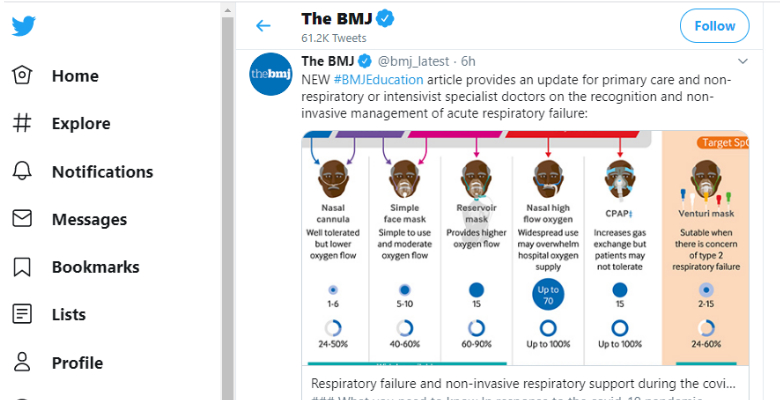Q: What should I write for the social media part when submitting?
I am about to submit to a journal. I don't know what to write for the following two parts:
- Please supply our social media editor with a tweet or short blurb about your article, which may or may not be used edited at the discretion of the journal, by inserting a message here (250 characters limit).
- Please enter the Twitter handle of you and or your co-authors.
It’s great that you are on the verge of submission. Here’s hoping your manuscript progresses smoothly through the system. :-)
Now, your query seems to be based on a submission requirement. Here’s more information on this.
Twitter is a social media platform, like Facebook (across the world) and Weibo and WeChat (in China). Of course, there are differences in each platform. Twitter is for tweets or short messages, each up to 280 characters (including spaces). Twitter is especially popular among researchers and academics, including journals.
On Twitter, each individual or group has an account, through which they post short messages (tweets) about matters of interest. In the case of research, it may be about new studies, new findings, help needed, collaboration sought, and so on. A journal would perhaps share tweets on new publications and happenings.
Each entity tweets using a name known as the handle. The handle has to be unique and also carry a meaning. It also has to be within 15 characters. The handle is preceded by the special character @, called ‘at’ and meaning that the entity can be ‘located at’ the mentioned handle. This is a popular/common symbolization in digital media.
So, if you consider the journal The BMJ, its Twitter handle is bmj_latest, preceded by @, as you can see below. As you can also see, in the first tweet, The BMJ has messaged or tweeted about a new article. They have provided some key information about the article (before/above the image) along with a link to take interested readers to the site. (In this case, the image also serves as a link.)

Apart from that, they have used another special character # (called the hashtag). On social media, this is used to indicate searchability. For instance, Editage might use hashtags such as #Editage, #scientificEditing, #manuscriptediting, and so on. :-)
There’s a lot that can be discussed or explained about Twitter, social media, tweeting, and hashtags. However, for now, you should know that it’s simply meant to increase communication, and it’s especially useful for having your research reach a wider population. If interested, you can look up the net for more information.
Coming to your query, here’s what you need to do.
- You need to submit to the journal a blurb (or tweet) up to 280 characters (including spaces) providing the highlight of the research. This could be a short summary, possibly taken from your abstract.
- Before that, of course, you (and/or your co-authors) need to have a Twitter account and handle. It’s really quite easy to create one (and is free), and again, is a useful tool for academics and researchers to help communicate their research or simply discuss science. Also, this way, apart from the journal tweeting about your article, you could do so on your own, along with retweeting (sharing) the journal’s tweet.
Hope that helps. For more information about science communication and social media, you may go through the following resources:
- Promoting your article in the social media age
- How researchers can increase the visibility of their work with social media
- Can I share my publication on social media?
Happy submitting! And in this case, also happy tweeting!!
This content belongs to the Career Growth Stage





